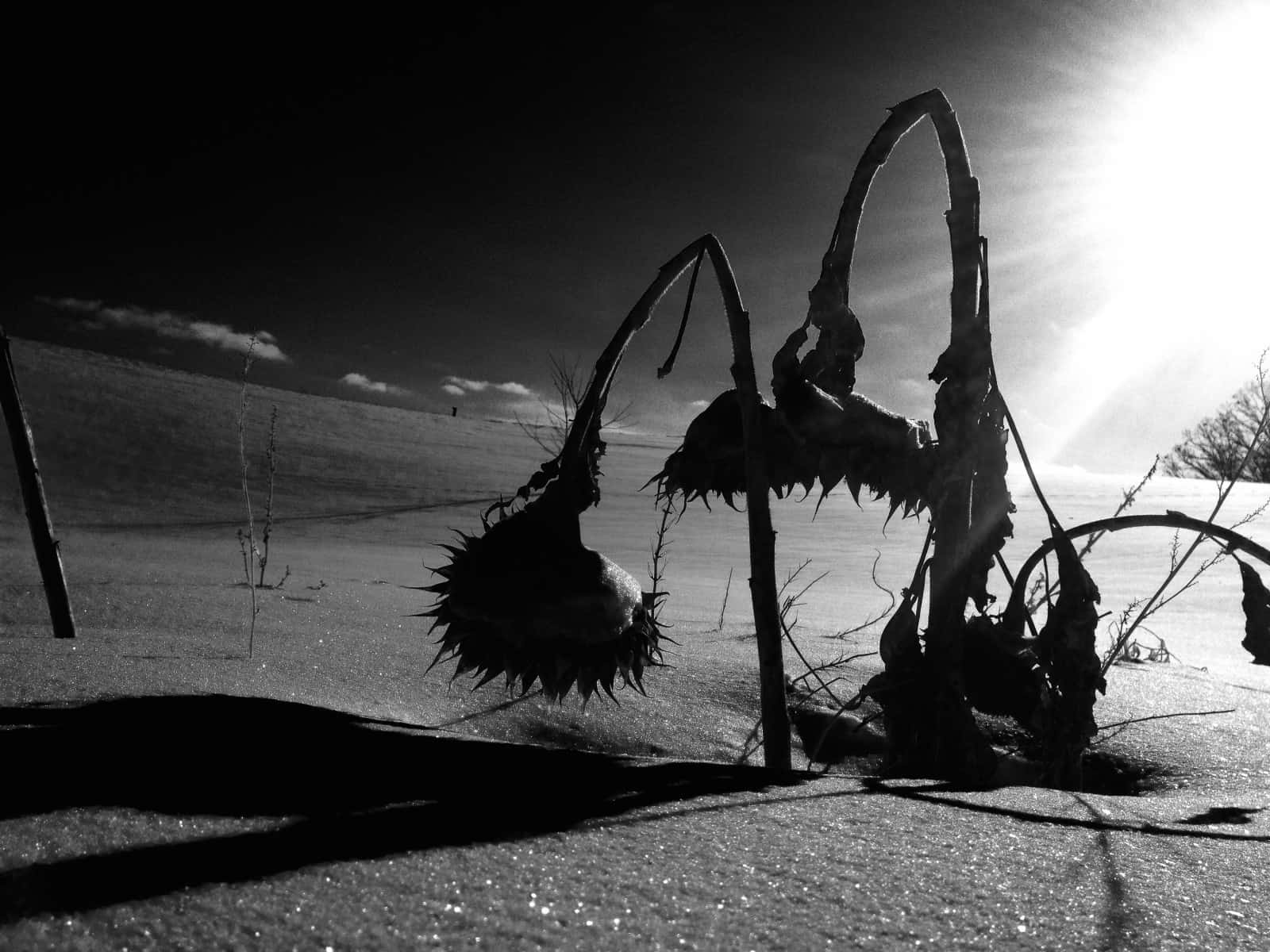- About
- Research
-
-
- Special Reports & Features
- Braiding Accountability: A Ten-Year Review of the TRC’s Healthcare Calls to Action
- Buried Burdens: The True Costs of Liquified Natural Gas (LNG) Ownership
- Pretendians and Publications: The Problem and Solutions to Redface Research
- Pinasunniq: Reflections on a Northern Indigenous Economy
- From Risk to Resilience: Indigenous Alternatives to Climate Risk Assessment in Canada
- Twenty-Five Years of Gladue: Indigenous ‘Over-Incarceration’ & the Failure of the Criminal Justice System on the Grand River
- Calls to Action Accountability: A 2023 Status Update on Reconciliation
- View all reports.
- Special Reports & Features
-
-
- Yellowhead School
-
- The Treaty Map
- LIBRARY
- Submissions
- Donate
WHEN THE ONTARIO LEGISLATURE resumes sitting in October, many observers will be watching for the Progressive Conservative government’s vision for what will replace the Far North Act. The Act was proposed for repeal in a posting several months ago, with the government stating it was seeking to reduce “red tape” and increase “business certainty” in the Ring of Fire – a massive mineral deposit located near James Bay. After all, Premier Doug Ford did say during his election campaign that he would kickstart mining in the Ring of Fire even if he had to ‘hop on the bulldozer himself’.
When one of the northern Chiefs pointed out that he might require some local guidance to avoid sinking in the muskeg, it foreshadowed a much larger debate about who has the knowledge, the authority, and the jurisdiction to do land-use planning – and more importantly – to take decisions about contested land uses in Ontario’s far north.
While the government, and perhaps many Ontarians, still believe that this can be a unilateral project of the province, the dawning reality is that the jurisdiction is contested.
We can’t wait for the Legislature to return to understand what’s next for the far north because the answer should not come from provincial law. It must be found through a negotiated joint-planning regime based on renewed treaty relations.
When Ontario introduced the Far North Planning Initiative in 2008, it was in the context of trouble on the land. The leadership of Kitchenuhmaykoosib Inninuwug (KI) had been convicted of contempt of court for protecting their homelands from platinum mining as required under their own Indigenous laws. However, they were released from prison when their sentences were deemed excessive by the Ontario Court of Appeal. Ontario was subsequently forced to pay millions to two mining companies in order to buy out their claims in the contested territories. In the midst of this dispute, KI held a community referendum passing a Watershed Declaration and an enhanced Consultation Protocol; they subsequently secured a meeting with officials from three Ontario Ministries on the idea of a ‘bilateral panel’ that could jointly approve permit applications affecting KI lands.
But the province rejected the KI proposal for joint decision-making and the meeting did not produce a resolution.
The Far North Act, introduced two years later over the widespread objections of the Indigenous peoples who are the sole occupants of the Far North, was the government’s next attempt at resolving the jurisdiction question. It had the stated aims of protecting 50% of the boreal forest, ‘partnering’ with First Nations in decision-making and revenue-sharing, and allowing for new mining developments. In hindsight, many now see that while it was celebrated as an ecological victory by some major conservation organizations at the time, it was actually a development scheme designed to manage the increasingly troublesome claims to Indigenous governance authority across the region.
The initiative was roundly rejected by the northern communities themselves, with the Nishnawbe Aski Nation calling it “a new form of colonialism”. But in some ways it was just more of the same: consultations were rushed and under-resourced, took place outside of the affected communities, and arguably did not even meet the basic legal standard for genuine consultation. The form of mapping contemplated in the Act arguably reproduces the colonial logics of borders and boundaries that geographer Michelle Daigle, of the Omushkegowuk Cree Nation, critiques. Ultimately, however, the fundamental and enduring problem is with the underlying colonial architecture and the broader set of assumptions upon which the Far North Act rests.
The fact is, Ontario does not possess the exclusive legislative authority to make laws about land use in the far north: it must recognize the inherent jurisdiction of the Indigenous peoples who have always and continue to care for those lands and waters.
The FNA’s fatal flaw is that it purports to give the government the ultimate and unilateral authority to approve mining developments, or roads and other infrastructure, even if those decisions run contrary to community land use plans whenever the “social and economic interests of Ontario” are engaged (s.12(4)). In other words, it presents a prime example of the contemporary state tactic Shiri Pasternak describes: an attempt by the Crown to replace the inherent jurisdiction of Indigenous peoples with a form of delegated state authority. Any new regime for land-use planning in the far north is going to necessarily entail genuine joint-decision-making in which final authority is shared – of the kind that KI proposed in 2011.
This means that First Nations must have control over permitting in their territories – the granting of licenses and permits that give rights to third parties on the land is the moment at which Indigenous treaty rights and interests are undermined.
For a lasting resolution and a just and sustainable planning regime in the Far North, shared authority is the baseline on which negotiations must build.
Citation: Scott, Dayna and Cutfeet, John. “After the Far North Act: Indigenous Jurisdiction in Ontario’s Far North.” Yellowhead Institute, 9 July 2019, https://yellowheadinstitute.org/2019/07/09/after-the-far-north-act/

